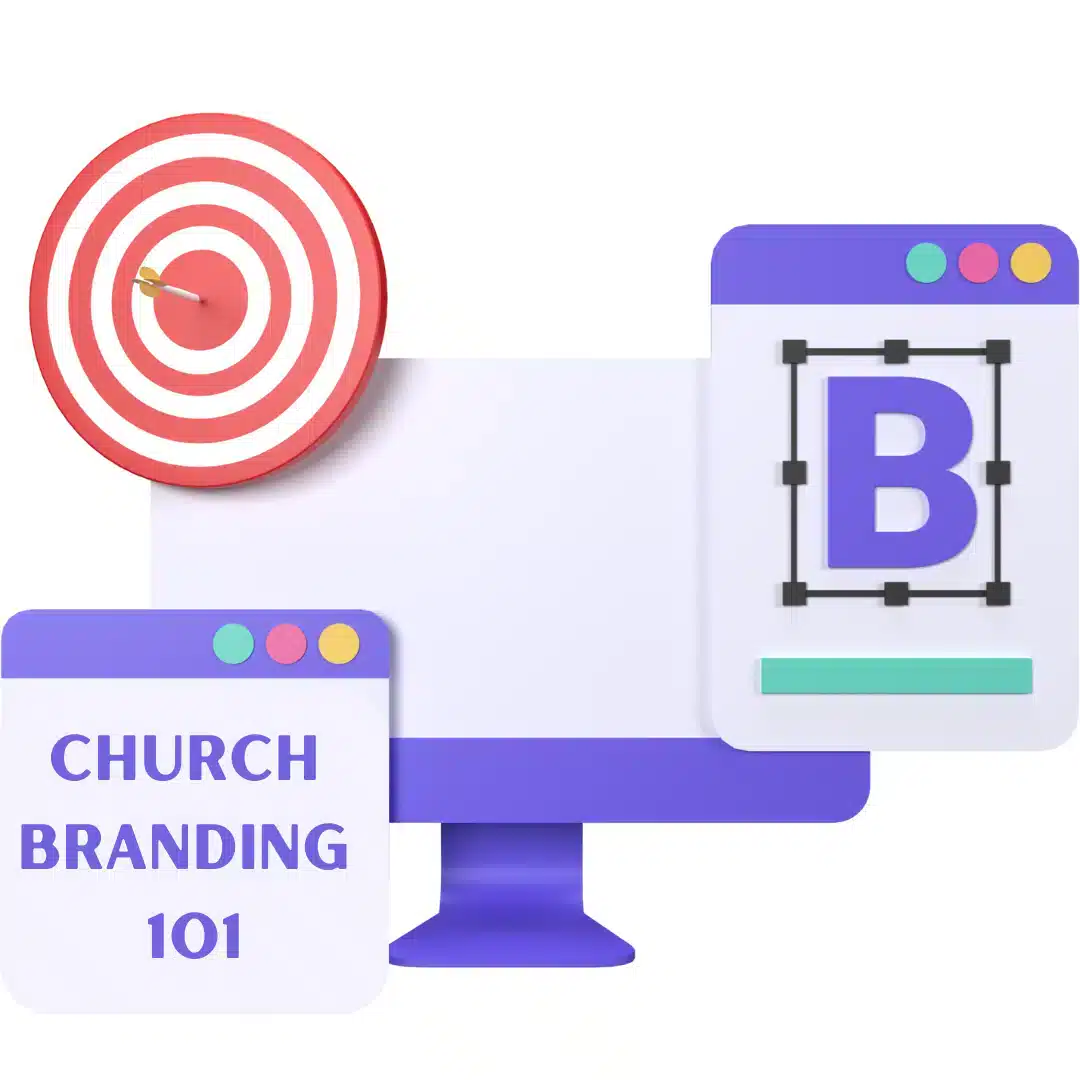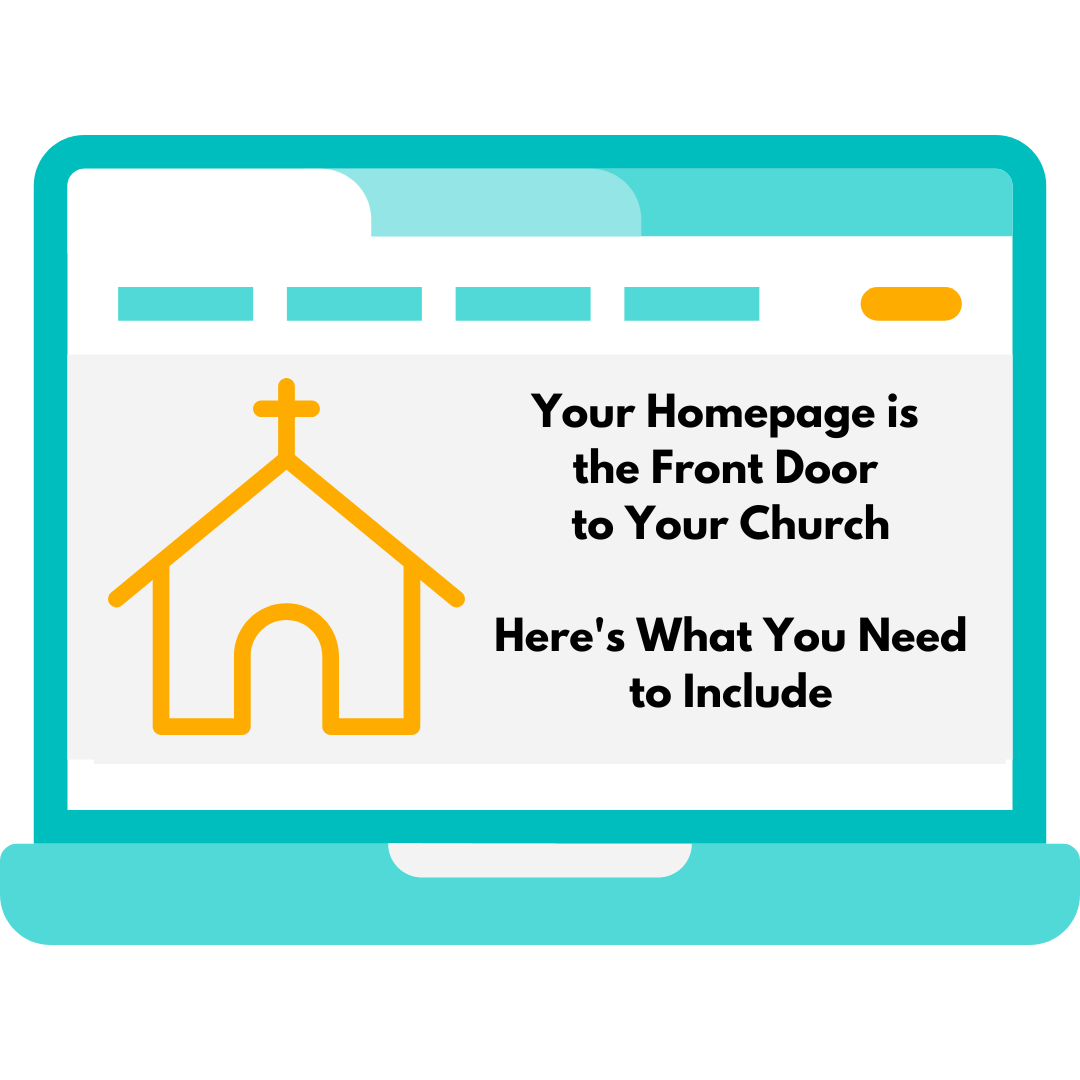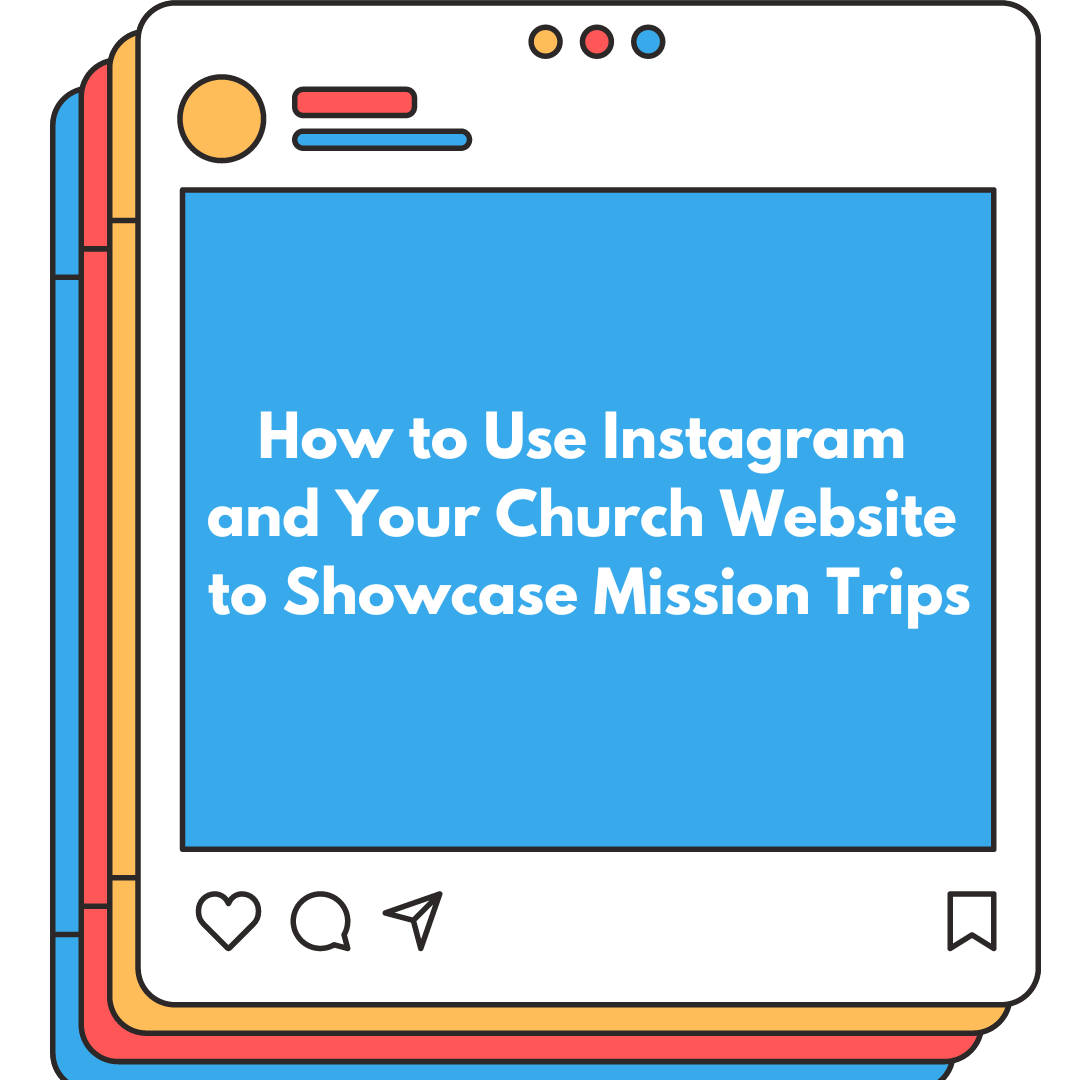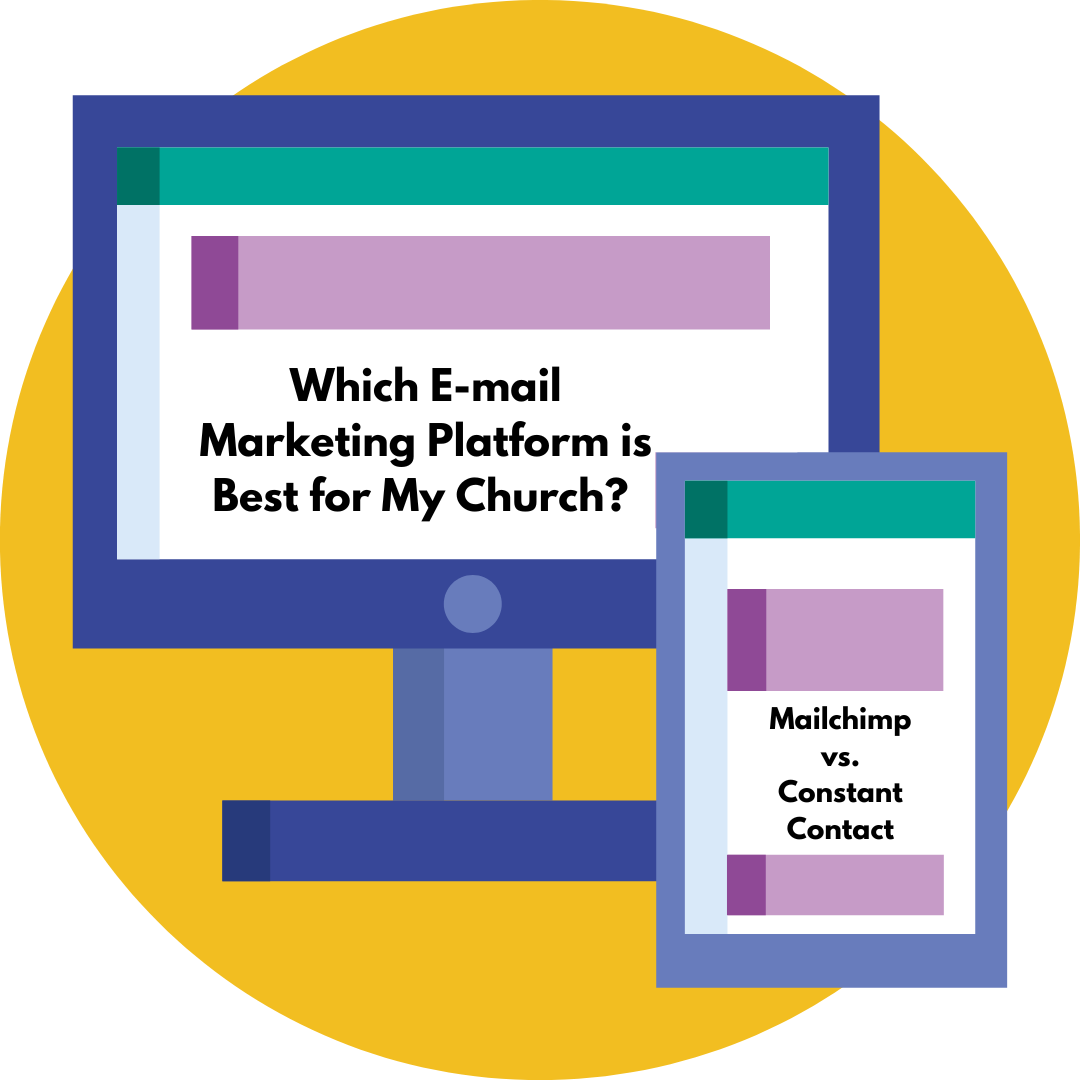
Do you find yourself struggling with fresh ideas for your church blog? Keeping a top notch editorial calendar reduces the stress of coming up with a topic on the spot, and it also keeps you consistently organized.
Editorial calendars not only allow you to take control of the entire content creation process, but they:
Overall, a well-planned editorial calendar means that great content is less likely to slip through the cracks. Here are our tips on how to get started with your editorial calendar:
While planning your editorial calendar, always keep your audience in mind. After all, it’s your readers that determine the success of your blogging efforts.
Give your audience the material that they actually want to read. Talk about what they care about and focus on what they’re struggling with. Blog for your church community, but also to inspire and help. Create content that connects with the reader and is based around helping and serving others.
A great way to identify what your readers need is by talking to the members of your community face-to-face.
There are many tools you can turn to when setting up your editorial calendar – from the well-known Excel and Trello, to Google Sheets and HubSpot. How do you choose the right one?
The key to finding the right tool is to play around to find which one works best for you. Excel has been around for a long time, but if you’re working on a team where no one uses it, find one that everyone can easily access at any time.
Once you’ve chosen your tool, include all the necessary information in your editorial calendar such as due dates, proofreading, and visuals. Don’t forget to add a social media plan for sharing your content. This will help you devote enough time to finding the right online channels to connect great content with your audience.
Listening and communicating with your audience will help you determine the type of content you can produce. Talk to your church community (or go on social media) to find out what they need help with, and turn that into socially-inspired content ideas.
From there, you can create a list of blog categories specific to your mission and church congregation. For instance, blog categories might include Bible study, volunteering, sermons, spiritual growth, marriage, family life, and so on.
Coming up with fresh church blog post ideas can sometimes be a challenge. A good way to start is by looking at the blog categories you’ve chosen and brainstorming a few topics for each category.
Don’t shy away from getting creative. For example, write blogs about any holidays or seasonal events that are specific for your community. When you track these dates in your editorial calendar, you’ll have enough time to prepare, create, publish, and even promote them.
Once you have your list of blog post ideas, feel free to arrange them in a order that makes the most sense to you.
Once you have all details ironed out, plan a publishing schedule. Determining publishing frequency is vital if you want to post valuable content on an ongoing basis.
Set up a schedule that you can follow and stick to. Be realistic about the time you can commit to creating each blog post.
Can you realistically publish weekly, bi-weekly, or once a month? It might be tempting to get your new content out there five times per week, but it’s almost impossible to sustain in the long run.
Great content takes time and preparation. Once you have your blog topic ideas, it’s time to actually write the content. Blogging gives you the opportunity to grow your church and provide value by giving your readers the information they’re searching for.
Scheduling blog posts in your editorial calendar helps you see the bigger picture. What’s more, you can avoid having too much of the same content by strategically scheduling topics from different blog categories.
After using your editorial calendar for a while, be sure to review your progress. Are you meeting your goals? What’s working for you and what isn’t working as well as planned?
Once you’ve evaluated these questions, you can start to emphasize and overhaul your future blog articles.
Setting up your first editorial calendar can be an overwhelming experience, but remember that these calendars are meant to be flexible. You can always edit or change anything that doesn’t work, or add spur-of-the-moment topics.






Copyright © 2008 - 2024. Worship Times. All rights reserved.